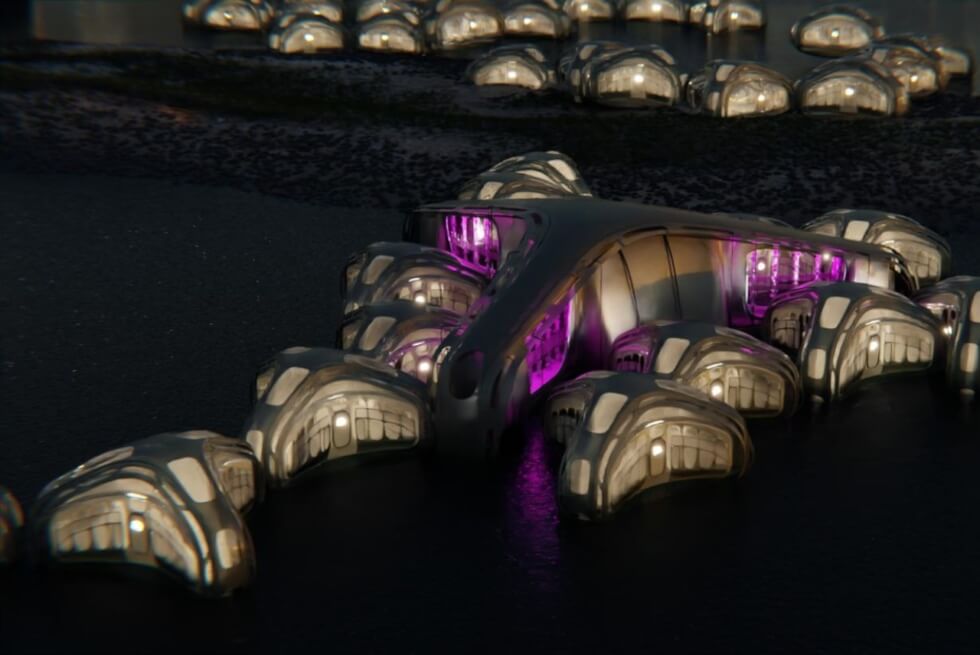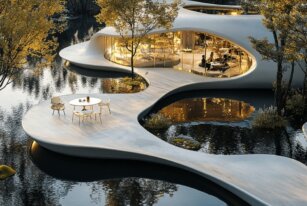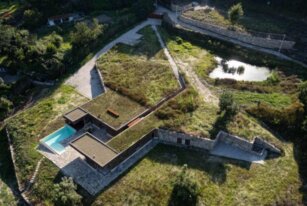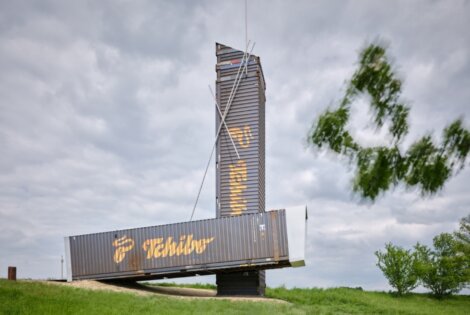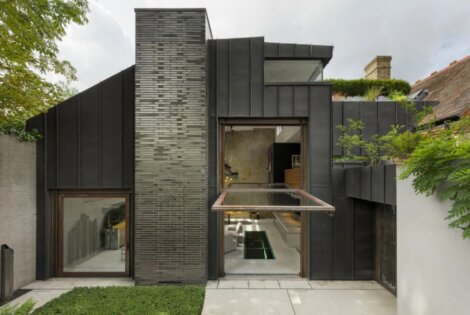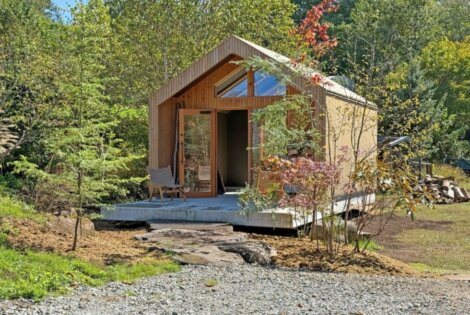Despite the mounting evidence from studies and research, most people still consider climate change a myth. However, the rest who are aware of what’s to come might want to prep while they still can. When sea levels rise in the future, coastal cities and some island countries could be completely flooded over. Meanwhile, housing concepts like the AutoFlux account for the scenario.
Despite the doom and gloom, it’s awesome to know that creative minds around the world are already hard at work to come up with a potential solution. Unless global temperatures become stable, the generations who will follow are in for a bleak situation.
We’ve already seen interesting proposals that involve floating platforms upon which infrastructure is built. The AutoFlux is somewhat similar, but instead of a complete urban layout, these are standalone housing units capable of shapeshifting.
Yes, it sounds crazy at first, but the Design Research Laboratory at the Architectural Association intends to incorporate pneumatic systems and flexible cutting-edge materials. Animated renders show how each shelter adapts to the current conditions to ensure the safety of the occupants.
In an emergency, the AutoFlux shifts into low buoyancy mode, which aids in stability when the water levels are high and rough. The goal is to keep the structure upright at all times. It can then switch back to the standard living configuration when it’s no longer dangerous.
This thesis project helmed by Professor Pierrandrea Angius was designed by Shengying Tao, Bing Nawbhanich, Anna Kondrashova, and Ata Yuksel. Their case study explores how the AutoFlux will benefit residents of Kurashiki — a city in the Okayama Prefecture in Japan. Let’s hope this idea is eventually applied and becomes fully functional.
Learn More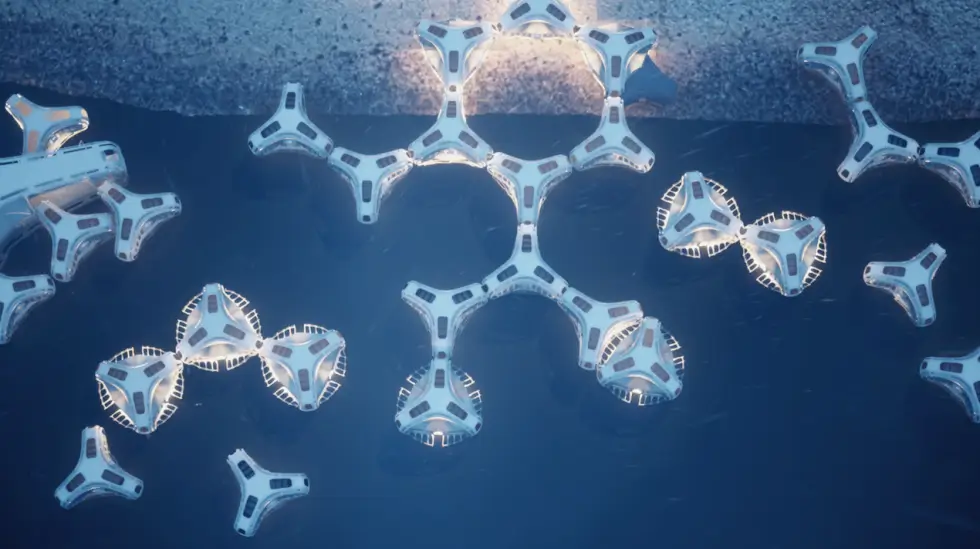

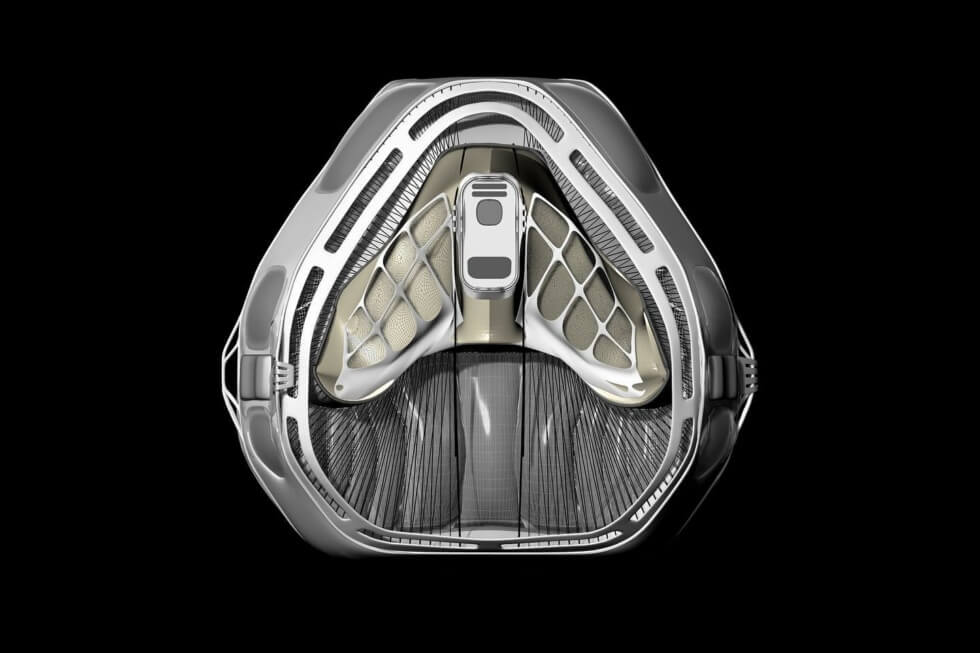
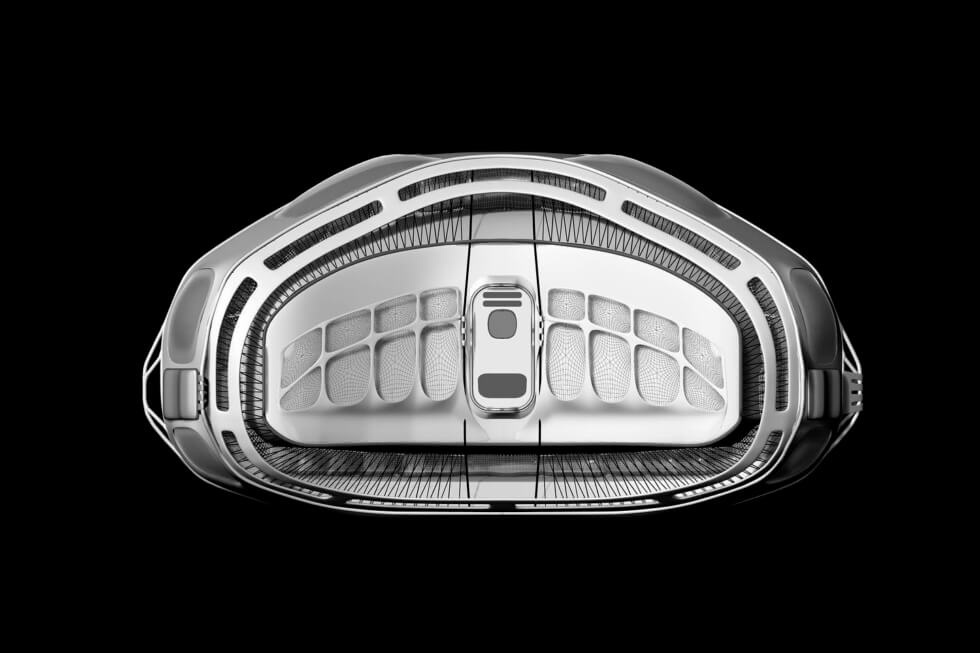
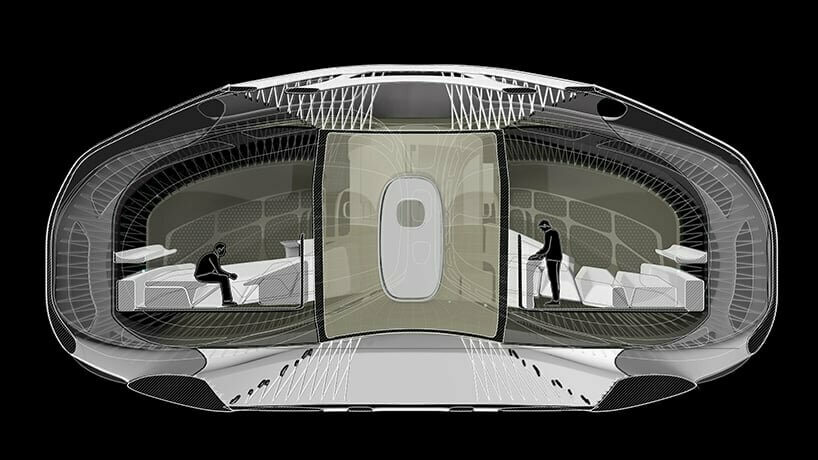
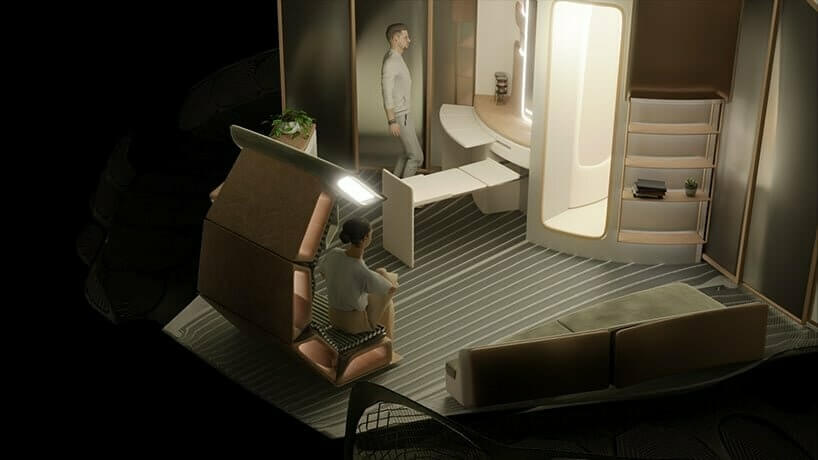

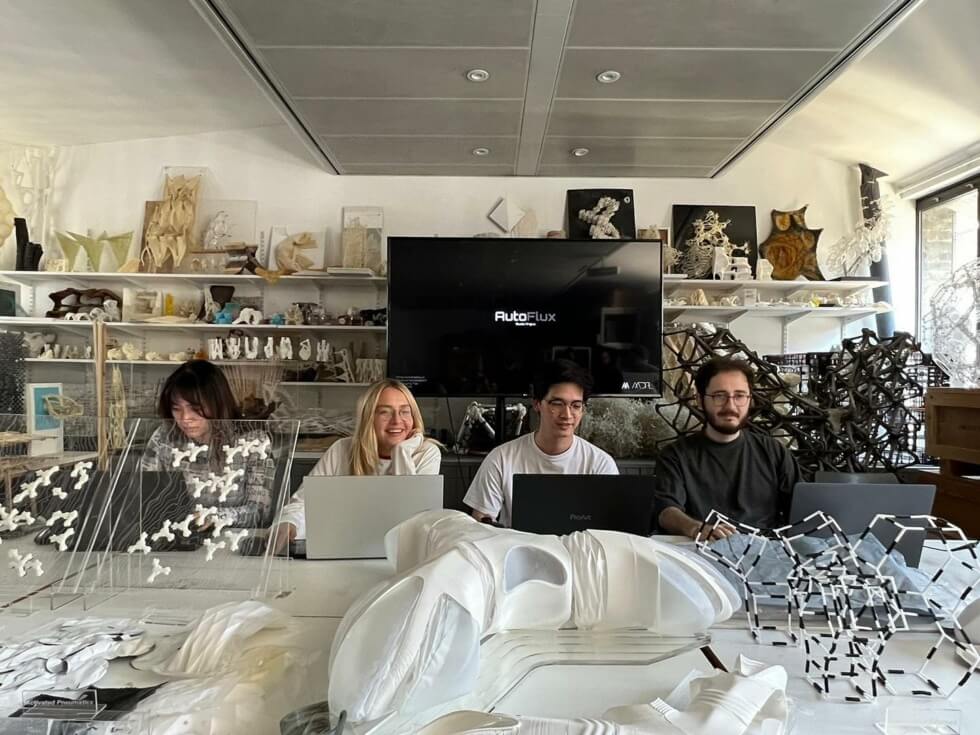
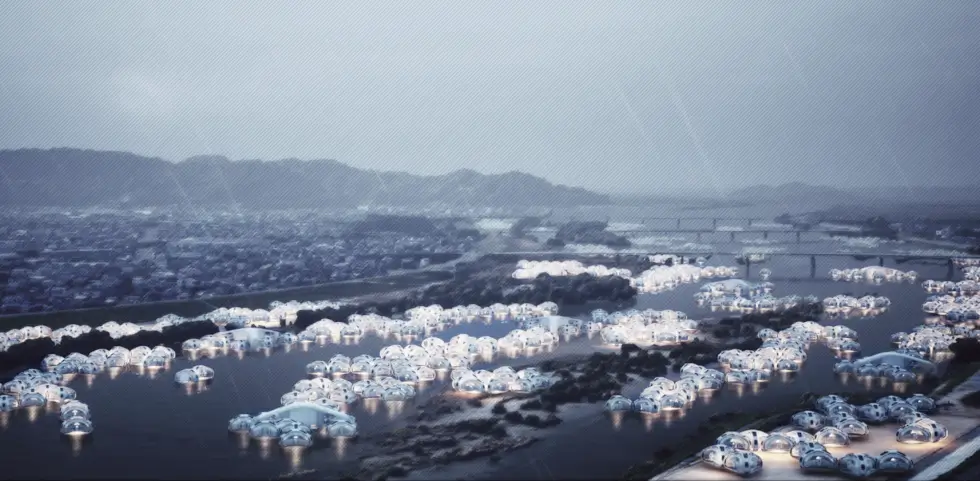
Images courtesy of Anna Kondrashova/Shengying Tao/Bing Nawbhanich/Ata Yuksel

